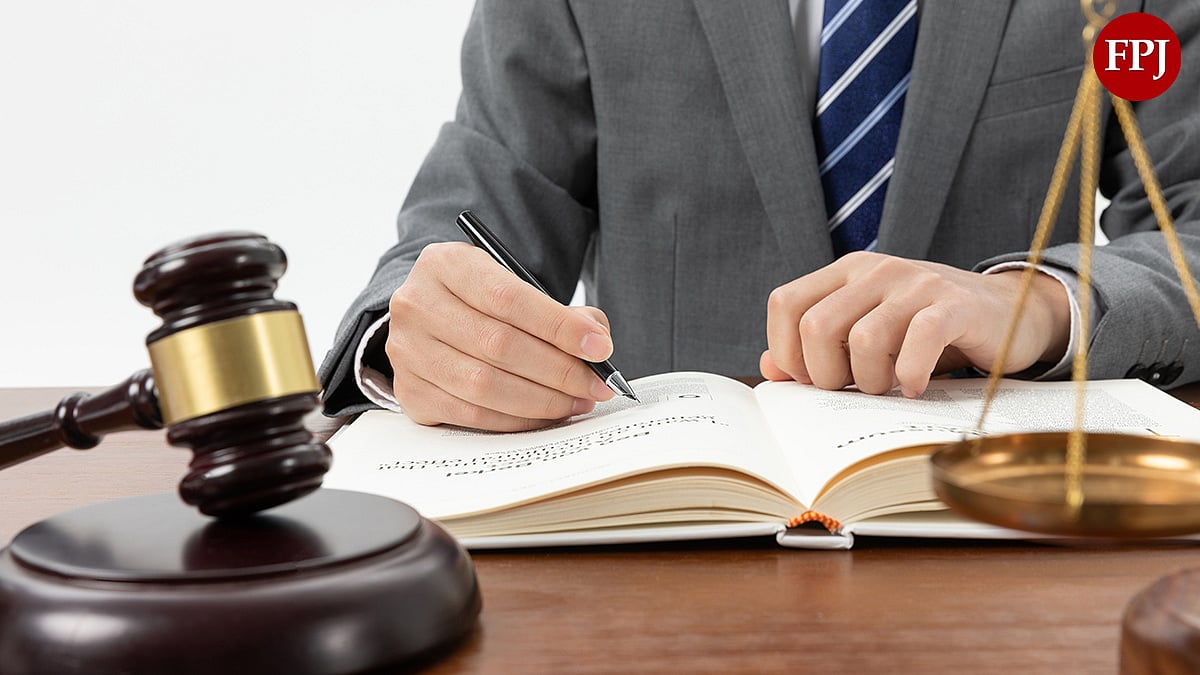The Employees' Provident Fund (EPF) is a retirement savings scheme where both employers and employees contribute a fixed amount every month. Managed by the Employees' Provident Fund Organization (EPFO), its primary objective is to provide financial stability to workers after retirement. Although EPF is primarily meant for retirement, members can withdraw a portion of their savings before retirement for specific financial needs such as medical emergencies, home loans, marriage, or education. Let’s take a closer look at the rules and conditions for EPF withdrawal.
Withdrawal Rules in Case of Unemployment
If an individual remains unemployed for at least one month, they are allowed to withdraw up to 75 per cent of their EPF balance. However, if the unemployment period extends to two months or more, they can withdraw the entire amount from their EPF account.
Premature Withdrawal and Tax Implications
EPF withdrawals within five years of opening the account are subject to tax. However, if the withdrawal amount is less than Rs 50,000, no Tax Deducted at Source (TDS) is levied. For withdrawals exceeding Rs 50,000, TDS is applicable—10 per cent if the individual provides their PAN card, and 30 per cent if they fail to do so.

Image Generated By AI |
What Happens When You Change Jobs?
When switching jobs, employees are not required to transfer their previous PF balance to the new account immediately. The transfer process begins once the Universal Account Number (UAN) is activated and necessary documents are submitted. This ensures continuity of the EPF account without financial disruptions.
Withdrawal Rules After Retirement
According to the EPF Act, members can apply for the final settlement of their EPF balance upon reaching 58 years of age. If an employee has completed at least 10 years of service, they become eligible for Employees’ Pension Scheme (EPS) benefits. However, if they have not reached the 10-year service mark, they can withdraw both their EPF and EPS amounts. Notably, EPF withdrawals made after retirement are tax-free.
Using EPF for Home Loan Repayment
EPF members can utilise their savings for home-related expenses after maintaining their accounts for at least three years. As per Paragraph 68-BD of the EPF Scheme, 1952, employees can withdraw up to 90 per cent of their EPF balance for purchasing a new house, making a down payment, or paying home loan EMIs.
These rules ensure that while EPF primarily serves as a retirement fund, it also provides financial flexibility during critical life events. Employees should be aware of these withdrawal guidelines to maximise their benefits while ensuring long-term savings.












